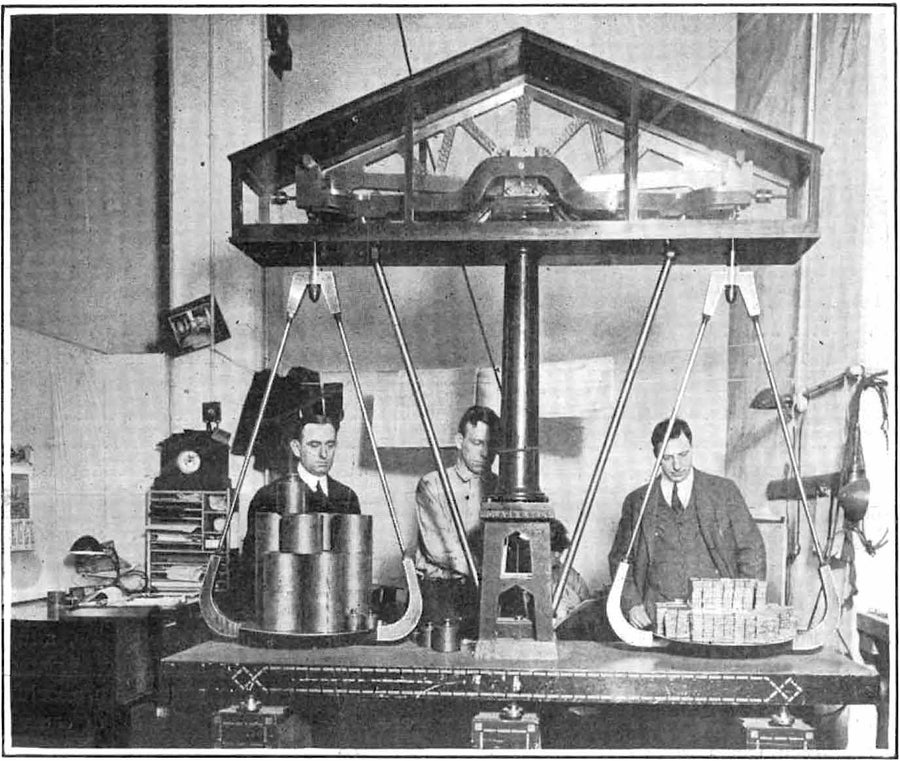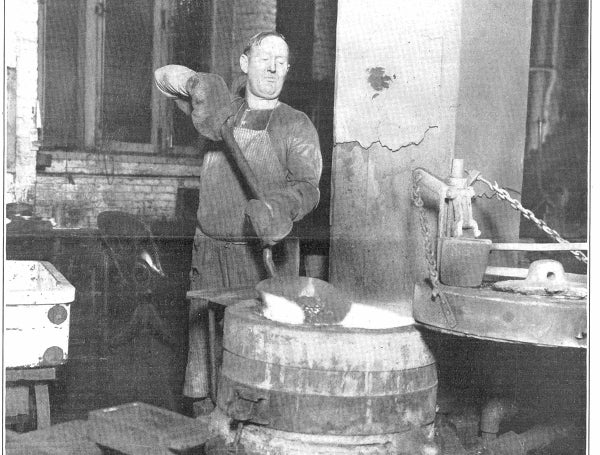This article was published in Scientific American’s former blog network and reflects the views of the author, not necessarily those of Scientific American
Every newly-invented tank that was bolted together, every medal stamped, every bullet fired in the First World War had to be manufactured and, at some point, paid for. When economists calculate the worth of “value” in the early 21st century, they increasingly take into account human welfare, social progress, and general wellbeing (in their negative aspects these are the dimensions that the poets have called “the true cost of war”).
But in 1916, government financiers were just concerned with paying the bills. Any portion of the vast material needs of war that was skimped on could cost casualties and cause defeat. Perhaps make smaller battleships with cheaper steel? Devote fewer resources to training aviators? Use lower-quality material for winter uniforms? Ask the soldiers to share a rifle instead of being issued one each? In the desperation for victory—or at least to avoid defeat—it was no time to save money. Not only did war materièl need to be made or bought, manufacturing capacity and agricultural manpower in the warring nations was diverted to such an extent that consumer goods and food had to be bought overseas and imported.
One way to pay the bills—as always by profligates and desperate governments alike—is by rounding up and selling precious metals, mostly from the treasury but also donated by citizens. The article from Scientific American from 100 years ago today talks about the “River of Gold” flooding into the United States to pay for war-related goods:
On supporting science journalism
If you're enjoying this article, consider supporting our award-winning journalism by subscribing. By purchasing a subscription you are helping to ensure the future of impactful stories about the discoveries and ideas shaping our world today.

Gold for fighting: weighing gold ingots made from melted-down foreign coins at the New York Assay Office, 1916. Credit: SCIENTIFIC AMERICAN SUPPLEMENT, OCTOBER 14, 1916
“Coin of the various purchasing nations has been flowing into this country in vast amounts for more than a year, and the tide is still on the flood. Not only have these payments come from Europe, but gold has poured across the border from Canada so fast in recent weeks that a recent shipment of $20,000,000 [over $400,000,000 in 2016 dollars] had to be divided between the New York Assay office and the Philadelphia Mint in order to give employees of the former institution a chance ot get caught up with their work .... Most of the work of melting down the foreign gold has been done at the U.S. Assay Office in New York, and the accompanying illustrations show some of the operations.”
The monetary cost was staggering: Stephen Broadberry and Mark Harrison of Warwick University showed in 2005 that the French and German governments in 1916 spent close to half of their respective countries’ Gross Domestic Product for that year, mostly for wartime-related expenses.
-
Our full archive of the war, called Scientific American Chronicles: World War I, has many articles from 1914–1918 on economics and trade in the First World War. It is available for purchase at www.scientificamerican.com/products/world-war-i/
